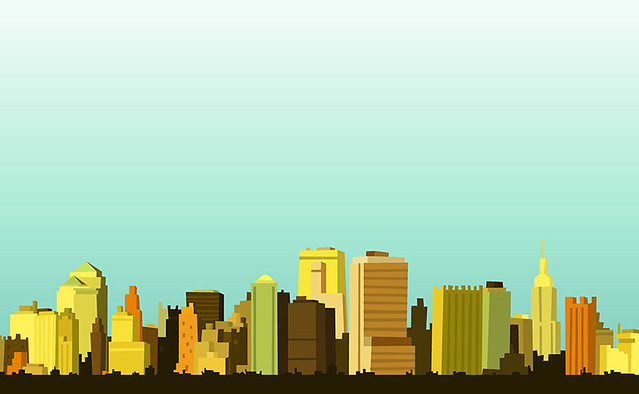
// Simon Cook //
I've been trying to read more science. During my internet wanderings, I can't help but notice that people just say things without any data to back up their suppositions. That drives me crazy. So I am seeking out concrete information about my interests. The problem is that high-level texts are, um, high-level. I lack the foundation to understand them. Sometimes when I want to dig into a paper or a study, the abstract and the introduction are the only parts I can parse. Here's an example from "Digging the New York City Skyline: Soil Fungal Communities in Green Roofs and City Parks":
"Green roofs have become increasingly popular in urban sustainability initiatives, as they provide a number of ecosystem services that mitigate the effects of urbanization such as decreased storm water runoff, enhanced building energy-use efficiency, and reduced urban heat island effects. An additional benefit of green roofs that has not been fully explored is the potential reservoir of habitats for biota residing in or migrating across the city. Like city parks and other urban green spaces, green roofs provide vegetated islands that birds, insects, and other airborne organisms may make use of in the urban matrix. However, the historical focus of green roof research has been on infrastructure and engineering, so the role of green roofs as biodiversity reservoirs has only recently been emphasized."
I took out the citations to promote readability. Does that say something about my character?

// David Ross //
Some other PLOS ONE offerings that I wish I could truly get:
// "Global Patterns of City Size Distributions and Their Fundamental Drivers" // "The Collaborative Image of The City: Mapping the Inequality of Urban Perception" // "Urban Scaling and the Production Function for Cities" // "Network Structure and City Size" //
From that last one:
"The average American spends about 4 years of their life in motion. The amount depends on who they are, what they do, where they live, and how they choose to travel. Most Americans live in metropolitan areas that enable people to engage in the activities they care about efficiently, by bringing activities and people close together for mutual economic production, trade, and commerce, social interaction, education, and defense. This proximity (accessibility) must provide advantages, otherwise cities would not exist. But not all cities are equally efficient. They vary in size and scope, they vary in the density and location of activities, and they vary in their internal circulatory systems that enable people to move between places. As the world continues to urbanize, even small gains in intra-urban organizational efficiency will lead to large gains for humanity as a whole."

// James Mitchell //

// Blood is the New Black //

Considering urban rooftops gardens as biodiversity resevoirs is an interesting viewpoint. I hadn't stopped to consider how many migrating birds, traveling bees and insects make use of them. Greenspace within cities are shrinking. I wonder if anyone realizes their handful of strawberry plants and decorative topiaries could provide an overall benefit to the city.
ReplyDeleteBut at my heart, I believe more needs to be planted to make up for all the blacktop and pavement we put down. That's urban erosion. It plays havoc with our water table and it's not good stewardship.
It had never occurred to me either! And you're very right about planting more. I wrote an article about that for my work but it hasn't been posted yet--I'll send you a link when it goes up!
Delete